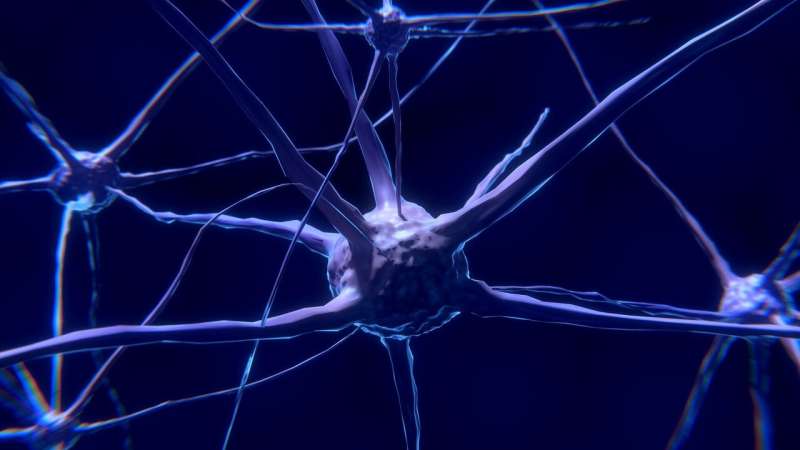
Neurotechnology—the combination of neuroscience and technology—has the potential to both “decode” and shape brain activity, with important implications for future interventions in humans. The findings were presented at Neuroscience 2022, the annual meeting of the Society for Neuroscience and the world’s largest source of emerging news about brain science and health.
Neurotechnology encompasses an increasing array of devices, algorithms, and methodologies that can monitor or modulate neural activity, including nerve stimulators, brain implants, and bioprostheses.
By offering access to specific groups of neurons, such approaches serve as powerful tools to study the brain and have the potential to enable targeted therapies for neurological disorders. New research highlights potential uses of neurotechnology for enabling speech in individuals with paralysis and for treating post-traumatic stress disorder (PTSD), which is estimated to affect 12 million U.S. adults each year.
Today’s new findings show that:
- Stimulation of the vagus nerve in rodents helped overcome learned fear, suggesting this technique could become a possible treatment for anxiety and fear disorders in humans. (Christa McIntyre, University of Texas at Dallas)
- A brain-computer interface (BCI) with machine-learning algorithms allowed an individual with severe paralysis to mentally spell out letters for high-accuracy, real-time sentence generation. (Sean L. Metzger, University of California, San Francisco)
- Using a brain-machine interface (BMI), an algorithm predicted with over 90% accuracy in real time which of eight words a tetraplegic person was “speaking” in their mind. (Sarah Kim Wandelt, California Institute of Technology)
“For people with impairments in communication, mobility, or mental health, neurotechnology holds the promise of creating new paths between disconnected parts of the nervous system,” said Leigh Hochberg, director of the Center for Neurotechnology and Neurorecovery at Massachusetts General Hospital and the L. Herbert Ballou University Professor of Engineering at Brown University, and moderator of the press conference.
“As a practicing neurocritical care physician, I want to be able to tell my patients with spinal cord injury, stroke, ALS, or traumatic brain injury that we can restore their communication or mobility quickly and completely.”
Society for Neuroscience

